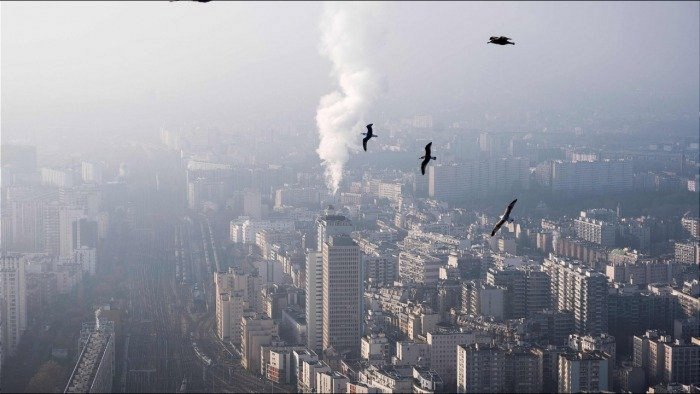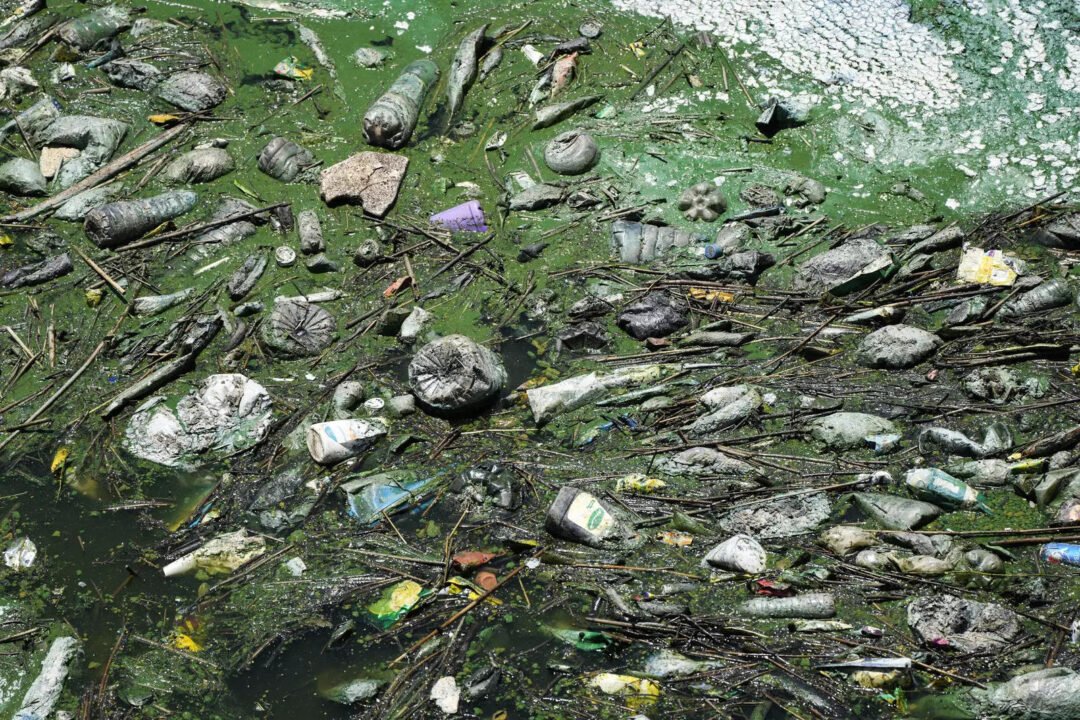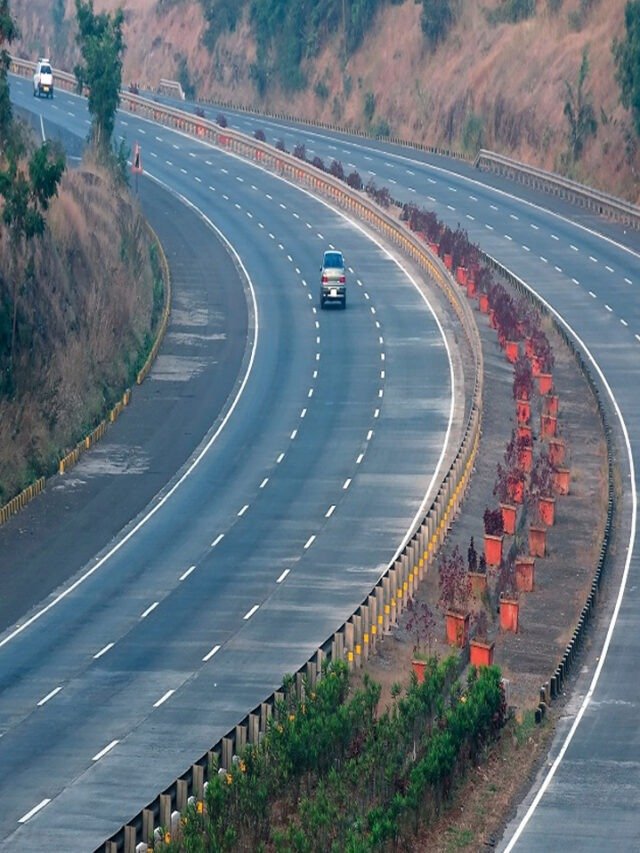NEW DELHI, Oct 26: Developed countries seem to be falling way short of achieving their carbon emission reduction goals as envisaged in the Paris Agreement.
The developed nations are projected to collectively emit around 3.7 giga tones extra carbon dioxide in 2030 against the reduction goals outlined in their nationally determined contributions (NDCs) under the Paris Agreement, according to a new analysis released on Thursday.
This represents a 38 per cent emission overshoot, with the US, the European Union, and Russia responsible for 83 per cent of this.
Emission overshoot refers to a situation where the greenhouse gas emissions released into the atmosphere exceed the targets or limits set to mitigate climate change.
The issue brief by independent think tank Council on Energy, Environment and Water (CEEW) highlights that only two developed countries, Norway and Belarus, are on track to achieve their reduction commitments by 2030.
The mitigation efforts of developed countries impact the carbon budget available to developing nations, which need sufficient carbon space to address their economic and social development challenges and ensure a just transition.
Climate science defines carbon budget as the amount of greenhouse gases that can be emitted for a given level of global warming (1.5 degrees celsius in this case).
Rich nations have already consumed more than 80 per cent of the global carbon budget, leaving countries like India with very little carbon space for the future.
Currently, developed countries’ NDCs — national plans to achieve the Paris Agreement goals — for 2030 collectively represent a 36 per cent reduction in emissions from their 2019 levels. This is less than the 43 per cent reduction that is required to keep the 1.5 degrees Celsius target alive.
Vaibhav Chaturvedi, fellow of CEEW, said, “The numbers are clear – even in this critical decade, developed countries are not projected to meet their 2030 NDC targets. This failure has implications for the limited global carbon budget available now, especially for developing countries like India.”
He said that to fulfill their responsibility as historical emitters and financially capable economies, developed countries must do more than meet the global average in emission reduction.
The projections also reveal that developed countries rely on drastically ramping up emission reductions after 2030. Even if all developed countries were to reach net zero by 2050, they would require more than four times the average annual reductions they achieved from 1990 to 2020.
CEEW estimates that even in a net-zero-by-2050 scenario, developed countries would collectively emit over 40–50 per cent of the remaining global carbon budget left for the 1.5 degrees Celsius warming target, even though they are home to less than a fifth of the world’s population.
Sumit Prasad, programme lead, CEEW, said, “The climate journey of developed countries – historical and proposed – does not show deep enough emission reductions to reflect climate leadership. This means that the burden to mitigate global warming shifts to developing countries, which is problematic in a context where financial support to developing countries to achieve this transition has not been forthcoming, as promised.”
In their submissions to the United Nations Framework Convention on Climate Change (UNFCCC) regarding their expectations from the global stocktake, a two-year review of the collective global action to achieve the Paris Agreement’s goals, many developing countries emphasised that significant gaps exist in developed countries’ pre-2020 ambition and implementation, and that their 2030 and 2050 mitigation ambitions are inadequate.
Initiated in Glasgow in 2021, the first-ever global stocktake will conclude at the annual climate talks (COP28) in Dubai in December and set the stage for the next few years of global action to cut down the greenhouse gas emissions causing climate change.
According to the UNFCCC, the recognition that developed countries’ 2030 mitigation ambitions are inadequate may also find its way into the outcome of the global stocktake. (PTI)












